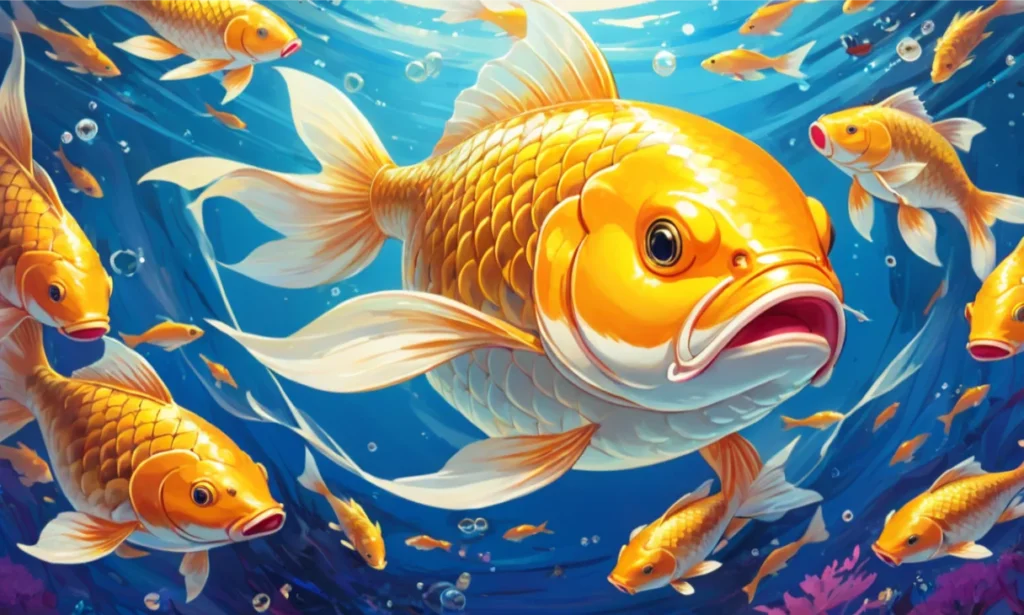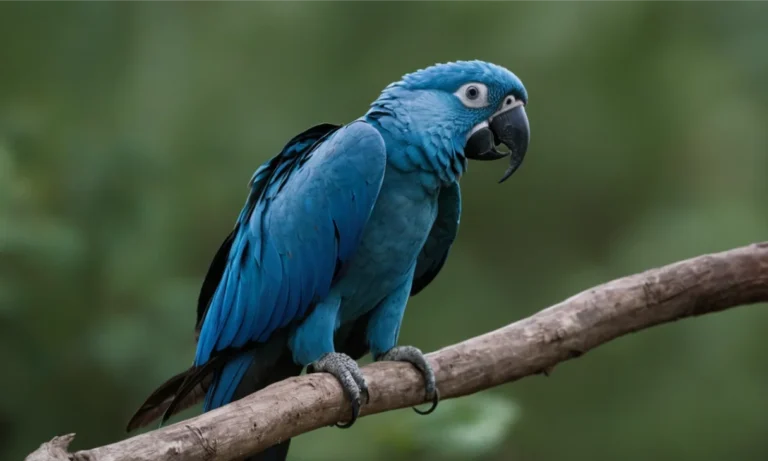Carp Fish Symbolism and Meaning

Carp fish, often overlooked due to their commonality, carry deep and rich symbolism across various cultures. From being a symbol of courage and strength in Japan to representing abundance and prosperity in China, the carp fish has been revered and respected for centuries. Let’s dive into the fascinating world of carp symbolism and meaning.
Carp in Chinese Culture

In Chinese culture, the carp fish is a symbol of abundance, prosperity, and good fortune. The word “carp” is homophonous with the word for “surplus” or “excess” in Mandarin, making it a popular choice for New Year celebrations as it symbolizes surplus and abundance. The carp is also called “li,” pronounced the same as the character for “profit,” further strengthening its association with wealth and success.
Moreover, the carp’s ability to swim upstream against strong currents represents determination and perseverance. This trait, coupled with its association with abundance, makes the carp a symbol of strength and resilience in Chinese culture.
Carp in Japanese Culture

In Japan, the carp, or “koi,” is a symbol of courage, persistence, success, and strength of character. The carp’s ability to swim upriver, much like the samurai’s bravery in the face of adversity, has led to this association. When caught, it is said that the carp lies still under the knife, much like the samurai facing a sword. This has led to the carp being likened to the samurai, further enhancing its symbolism of courage and strength.
Carp in Native American Culture
The carp is an important symbol in Native American culture, often seen as a representation of strength and fortitude. As carp can endure environmental stresses and usually outlive other fish species, they are seen as resilient, reminding people to cling to hope in the darkest of times.
The Golden Carp
The Golden Carp, a variant of the carp fish, holds its unique symbolism. In ancient Eastern cultures, the Golden Carp was seen as a symbol of power, intelligence, wealth, success, and a gateway to eternal life. Many Roman emperors believed in the sacred Golden Carp, viewing it as a symbol of success and eternal life.
Key Takeaways
- In Chinese culture, the carp symbolizes abundance, prosperity, and good fortune due to its homophonic association with the word for “surplus” or “excess”.
- In Japanese culture, the carp, or “koi,” is a symbol of courage, persistence, success, and strength of character, likened to the bravery of a samurai.
- In Native American culture, the carp is seen as a symbol of strength, fortitude, and resilience
- The Golden Carp, revered in ancient Eastern cultures, symbolizes power, intelligence, wealth, success, and eternal life.
The carp fish, with its rich symbolism across various cultures, serves as a reminder of the strength, resilience, and prosperity that can be found in the most common of places. Whether it’s the courage of a samurai, the abundance of a prosperous year, or the resilience to endure, the carp fish embodies these qualities, making it a powerful symbol across cultures.
FAQ
What are some common species of carp?
Common carp species include Cyprinus carpio (European carp), Ctenopharyngodon idella (grass carp), Hypophthalmichthys molitrix (silver carp), and Carassius carassius (crucian carp), among others. These carp species vary in size, weight, and geographical range.
Why are carp considered both valuable and invasive?
Carp are valued as food and ornamental fish in many parts of the world. However, they are also considered invasive pests in certain regions where they out-compete local species, leading to ecological imbalances.
How do carp survive in low-oxygen environments?
Some species of carp can survive for extended periods with minimal oxygen by metabolizing glycogen into lactic acid, which is then converted into ethanol and carbon dioxide. This unique ability allows them to thrive in challenging conditions like under ice or in stagnant water.
What is the significance of carp in aquaculture?
Carp have been domesticated for thousands of years and are reared as food fish across Europe and Asia. They are hardy and adaptable, making them popular species for aquaculture production in various parts of the world.
Why are koi fish popular in ornamental ponds?
Koi fish, a domesticated variety of common carp, are popular in ornamental ponds due to their vibrant colors and patterns. Selective breeding has resulted in a wide range of koi varieties, making them prized additions to decorative water features.





